It was only one, but it made Professor Wang Yun a happy man. After Peg had done her stuff in Hagley Park, the NZTA conference attendees jumped on a bus for a visit to a productive truffiere in North Canterbury, and then on to Limestone Hills. Wang was on the tour, but instead of joining everyone in the truffiere, he headed off to the little patch of Pinus radiata infected with Lactarius deliciosus that I planted as part of a trial three or four years ago. Mine was the only plantation that had not produced, so Wang was interested to have a look and see how things were going. And this is what he found…
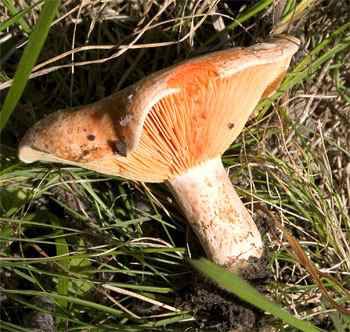
A perfect little saffron milk cap, all on its own in North Canterbury.
Why mine was so slow to produce is something of a mystery. It is probably down to the fact that I used glyphosate to keep the young radiata plants free of weeds. This fruiting body was down in a little rabbit scrape, barely sticking its cap above ground level. Next year, the mycelium should have fully recovered, and as the trees have been growing vigourously (they have irrigation) I hope to get a much more substantial harvest..
Wang's the man behind the introduction of saffron milk cap to New Zealand. The mushroom is commonly sold in European markets, and as the Latin name suggests, is highly regarded as a culinary mushroom. In Australia, where the fungus was accidentally introduced in pine plantations (especially in Victoria and New South Wales), there is a thriving local market supplying restaurants. Market price is usually around $50/kg. Wang's idea is that if foresters planted trees infected with mushrooms, they would benefit from an income stream while waiting for the timber to mature. In fact, it's possible that the mushrooms could be worth more than the wood.
At Limestone Hills, our aim is much more modest. I just want to grow enough to be able to have some good feeds every year. I cooked the one in the picture, sliced, in a little butter. It lived up to its name.
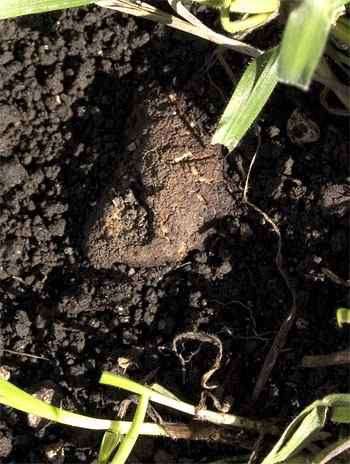
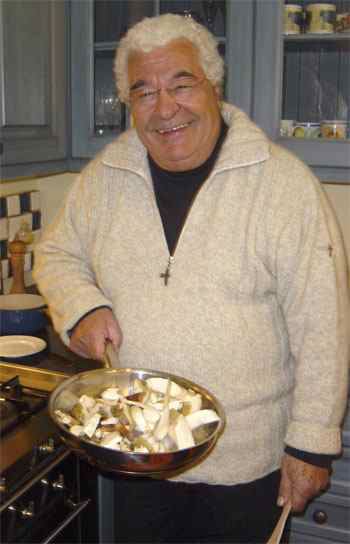

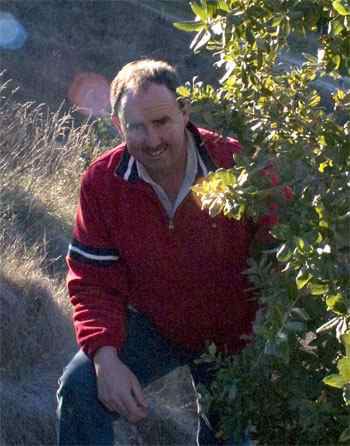
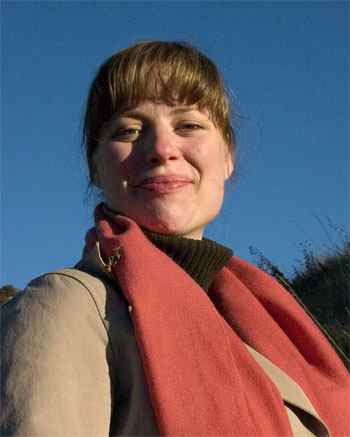
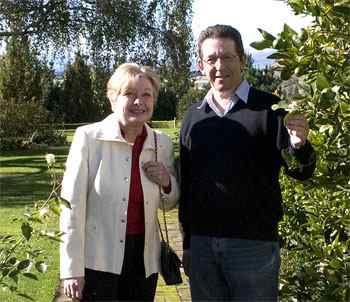
.jpg)


